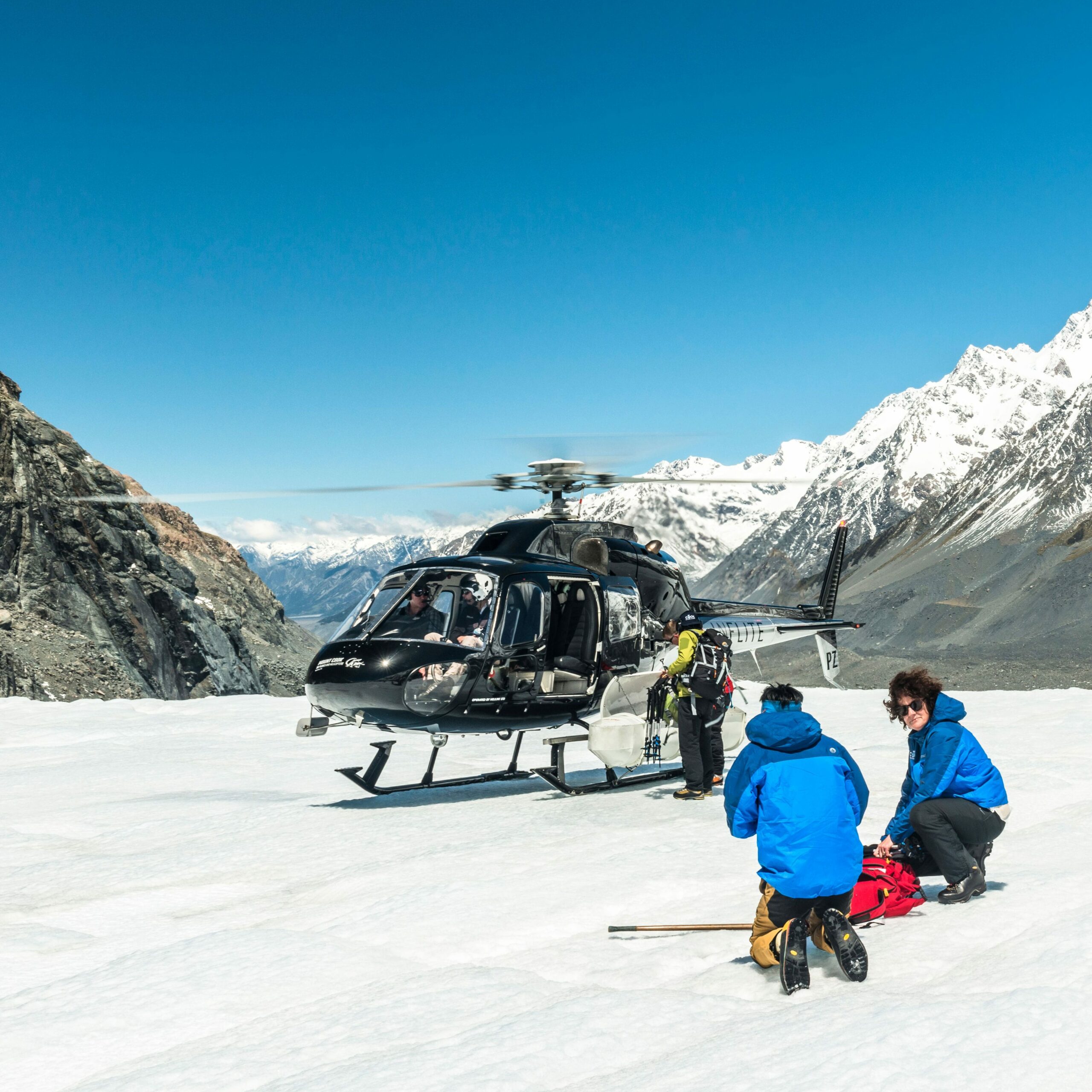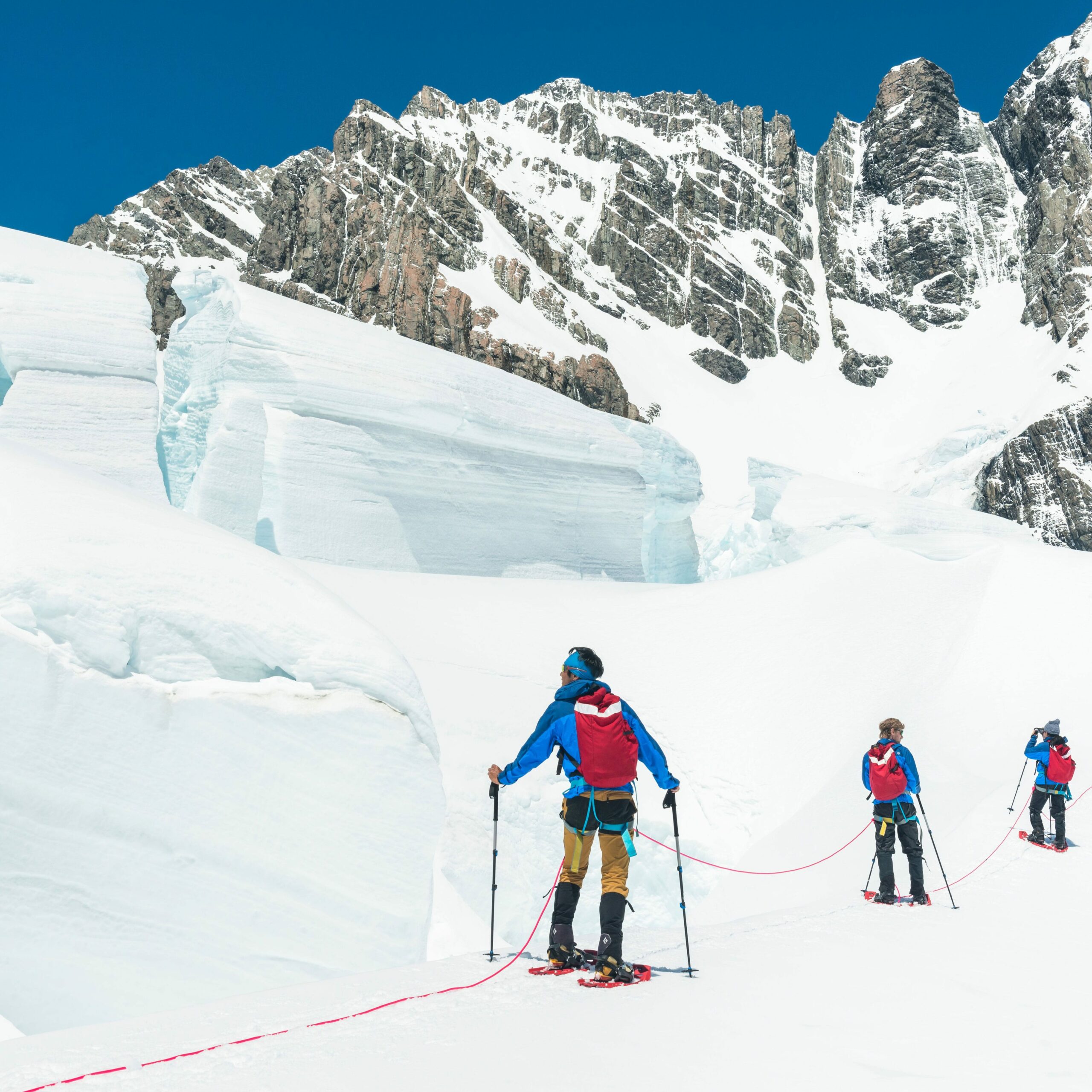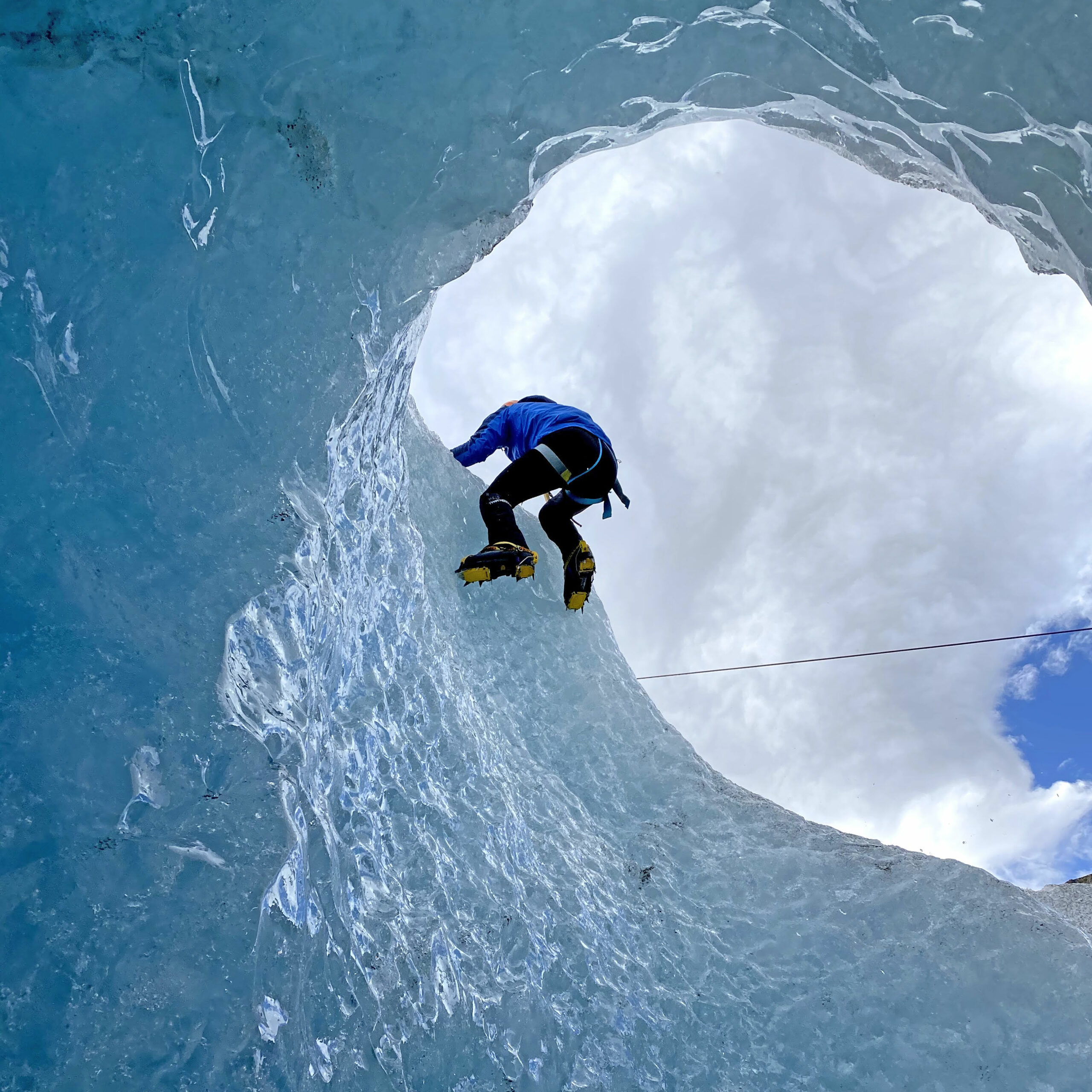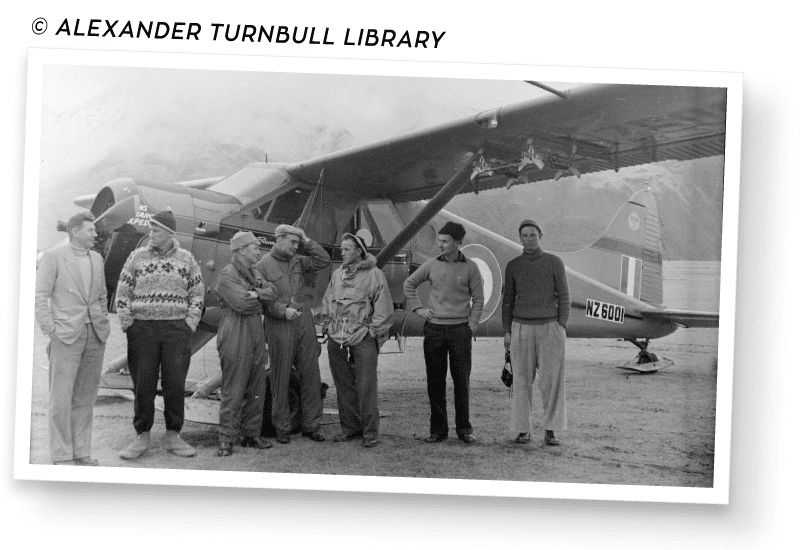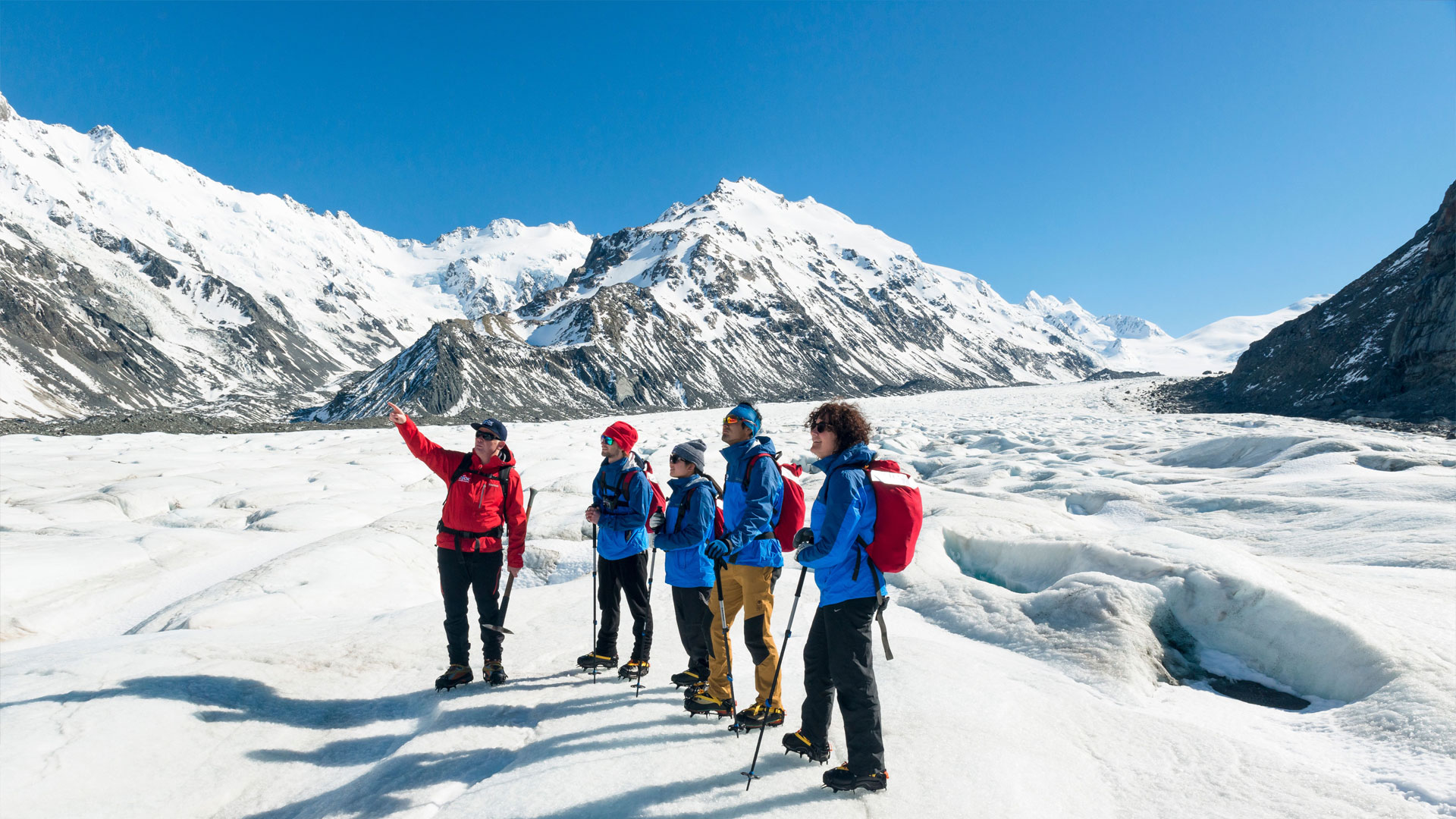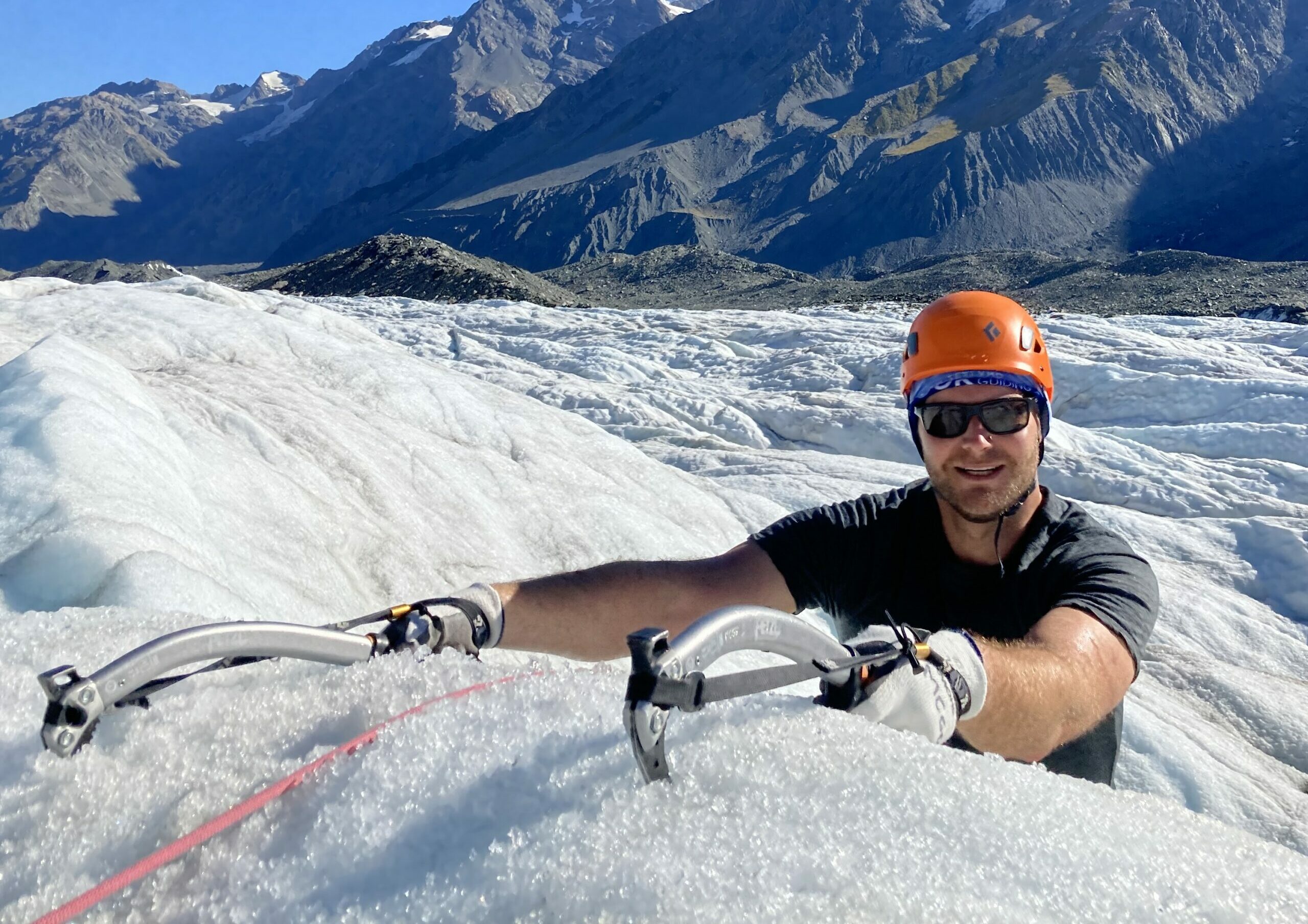Tasman Glacier
Learn about the local natural history and stories of explorers past.
History:
The Tasman Glacier, located in the Aoraki/Mount Cook National Park on the South Island of New Zealand, is the longest glacier in New Zealand. It was named after Dutch explorer Abel Tasman, who was the first European to sight New Zealand in 1642. The glacier has a rich geological history, dating back thousands of years, during which it has shaped the landscape of the Southern Alps.
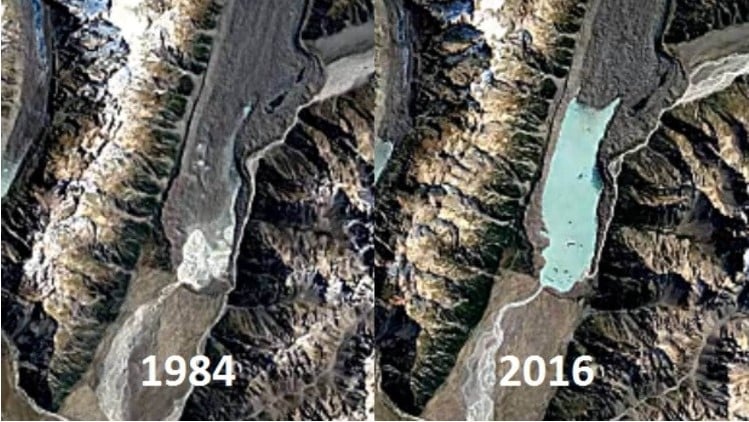
Tasman
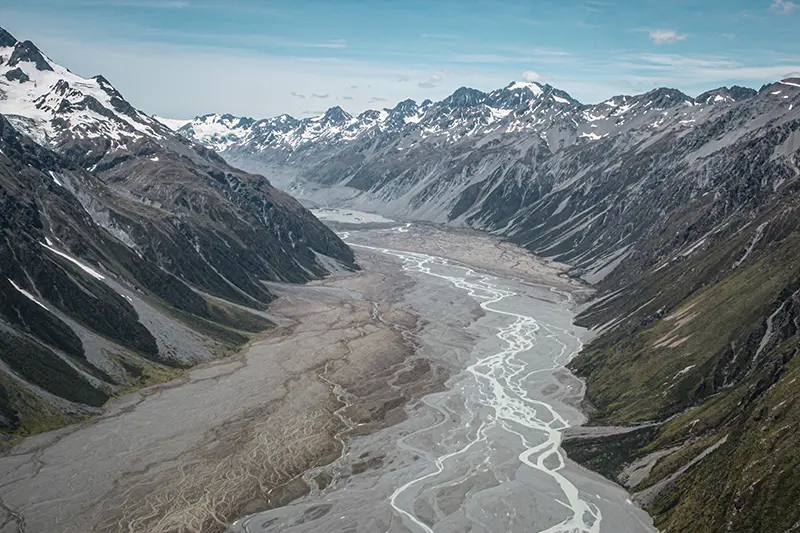
Length: The Tasman Glacier stretches over 23 km (about 14 miles) long, making it the longest glacier in New Zealand. Its between 1-2km wide and very deep.
Area: The glacier covers an area of approximately 101 square km (around 39 square miles) and contains nearly one-third of all glacier ice in New Zealand.
Snowfall: During Spring and Winter up to 12.5m (0ver 40 feet) of snow can fall at the top of the Tasmin Glacier!
Retreat: Like many glaciers around the world, the Tasman Glacier has experienced significant retreat due to global warming. Its retreat has accelerated in recent decades, leading to the formation of proglacial lakes at its terminus.
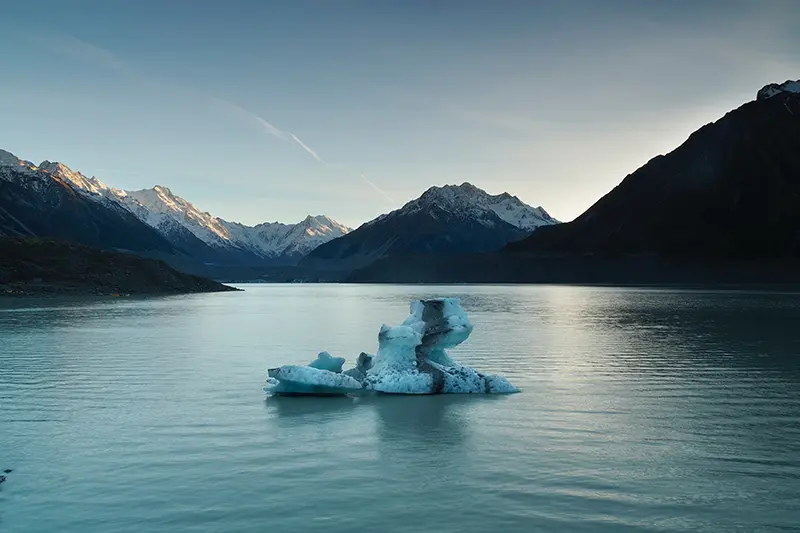
Proglacial Lakes: The retreat of the glacier has resulted in the formation of several proglacial lakes, including the Tasman Lake. These lakes are filled with meltwater from the glacier and have become popular tourist attractions, offering boat tours to view the icebergs that calve off the glacier.
Climate Change: The retreat of the Tasman Glacier is a clear indication of the impact of climate change on glaciers worldwide. Rising temperatures have led to increased melting, contributing to its shrinking size.
Tourism: The Tasman Glacier has a long history of tourism, with heli skiing tours offered on the upper glacier since the early 1970s. The tributary Ball Glacier was also popular for skiing, with national championships being held there in the 1930s. Now the best way to see the glacier is with us on a Heli Hike or The Wigely Top of the Glacier Experience.
E-Bike Hire
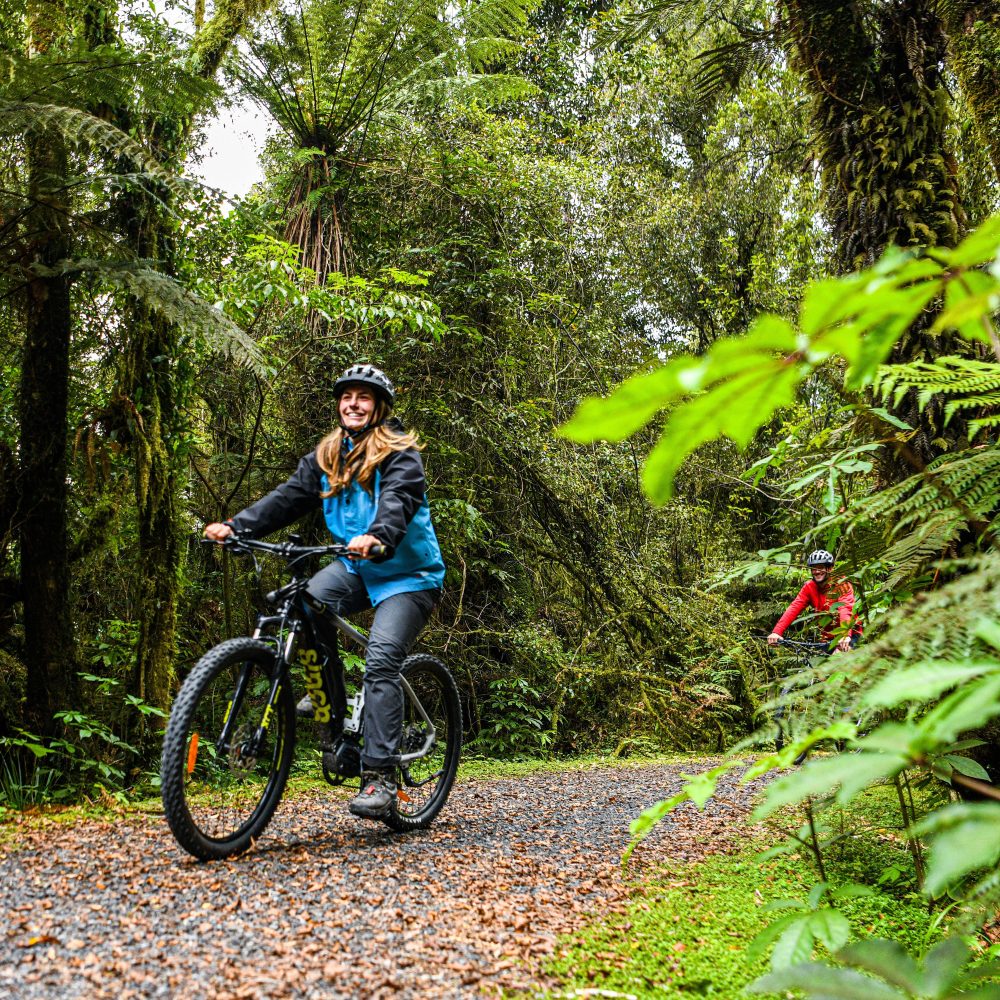
Take time to discover the delightful rural village of Fox Glacier and its surrounds by exploring independently on an e-bike. The Fox Glacier Guiding team are experts on the area so will be happy to give you a map showing where the places of interest are to visit. This means you can explore the area your way.
FOX GLACIER
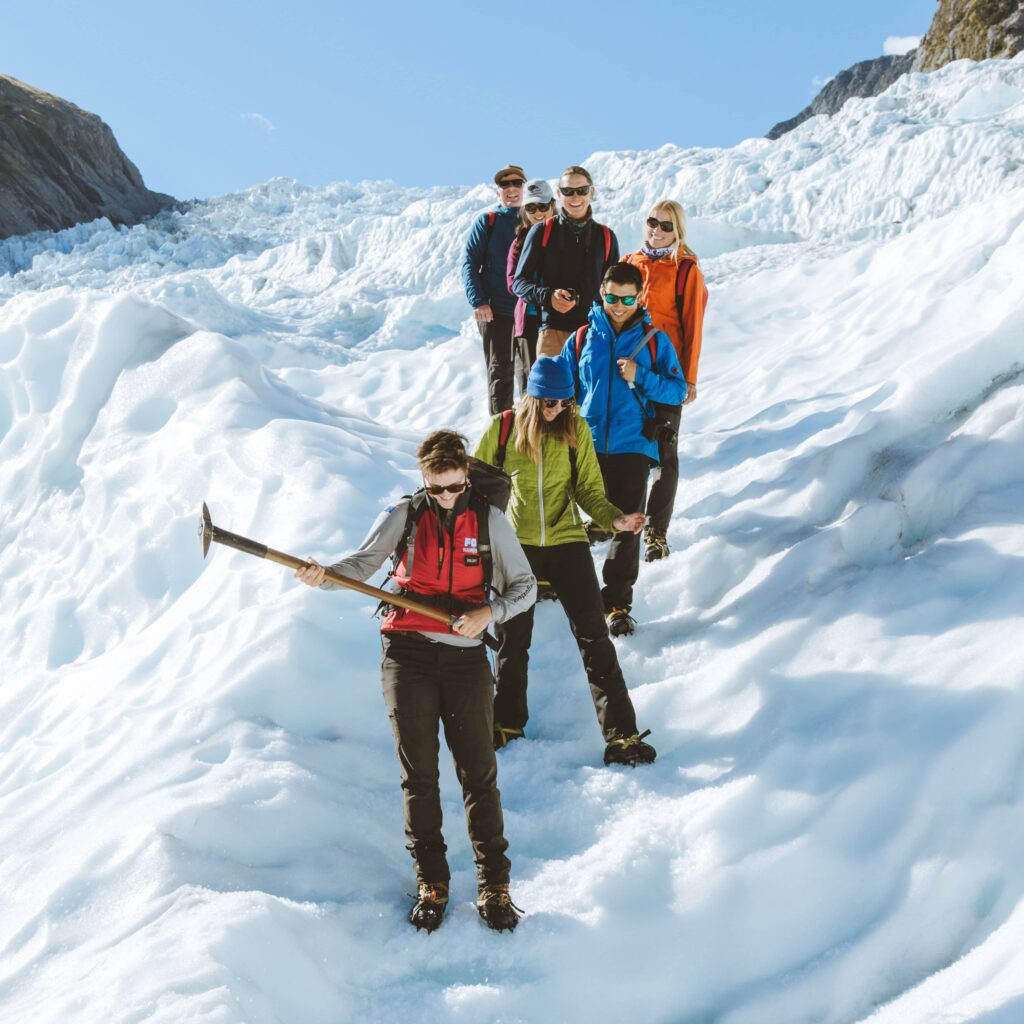
Be prepared for sensory overload as you walk and explore the glacier with our awesome guides. From the feeling of sublime to the sense of awe, the sights, sounds, and feelings as you encounter this sea of ice delivers you a unique and magical lifetime experience.
EXPERIENCES
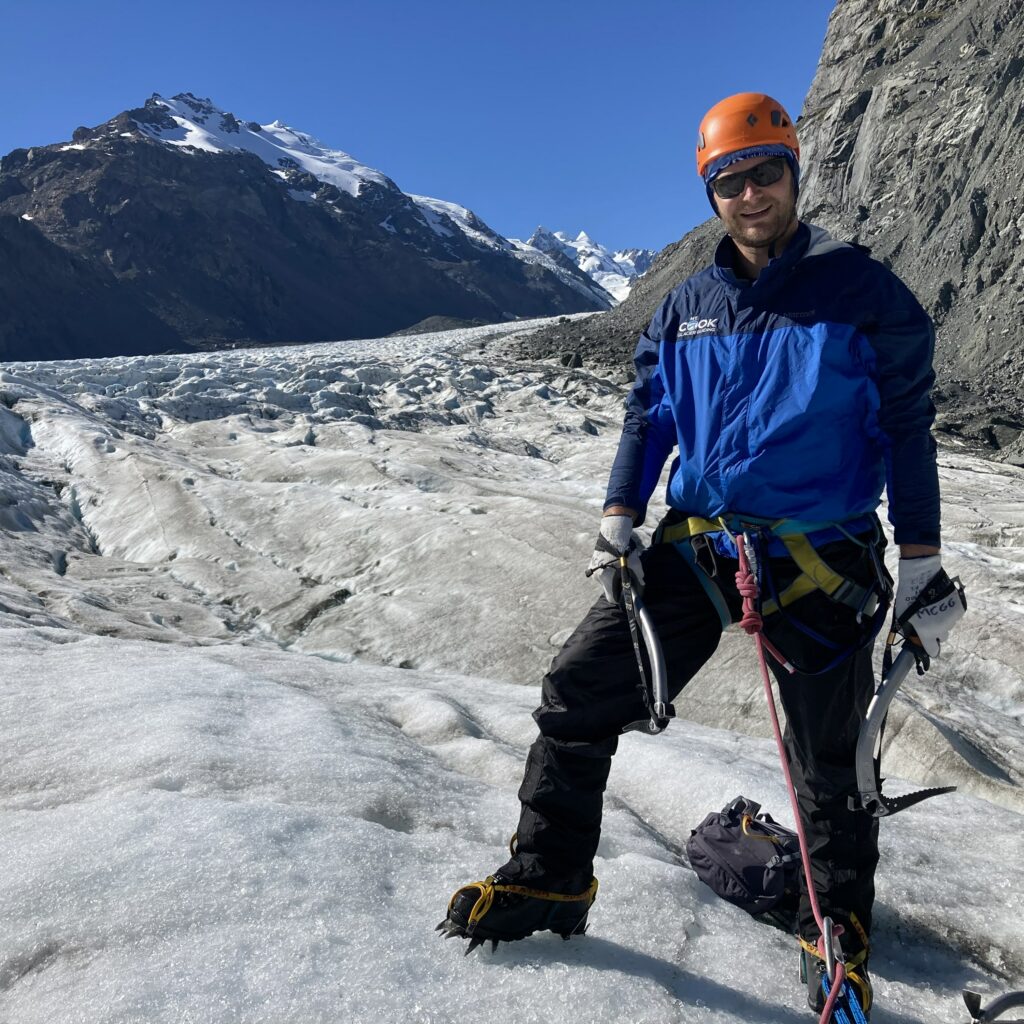
Discover the magnificent Aoraki/Mt. Cook region by experiencing heli-hiking, snowshoeing or ice climbing in and around the imposing Haupapa/Tasman Glacier.
